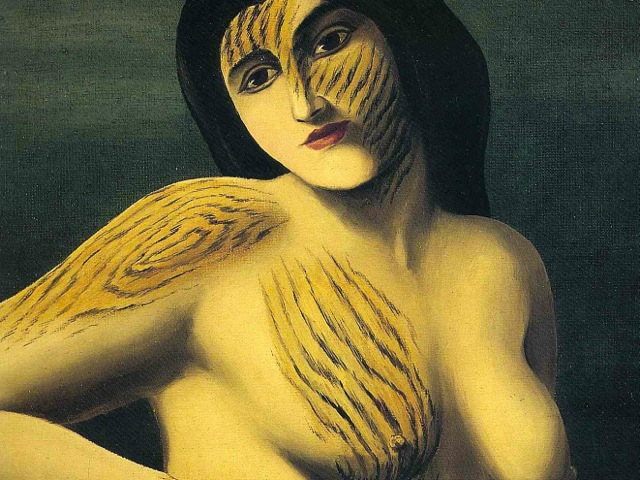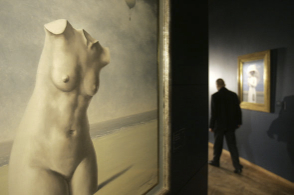
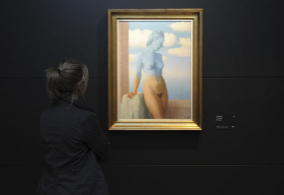
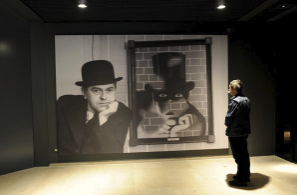

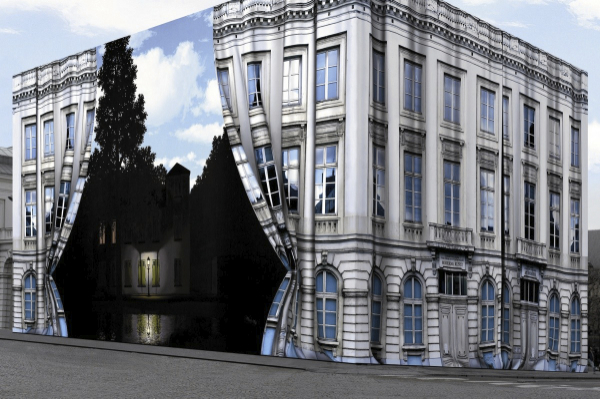
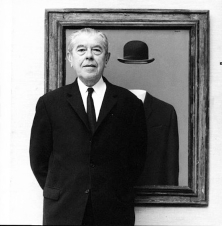
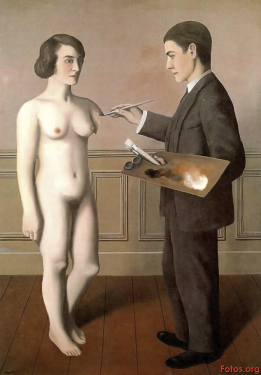
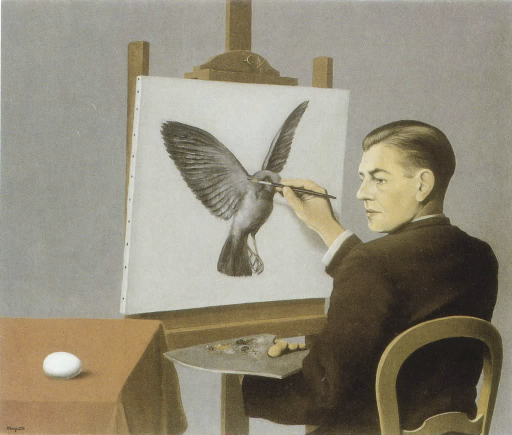
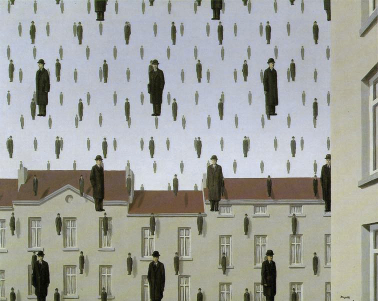
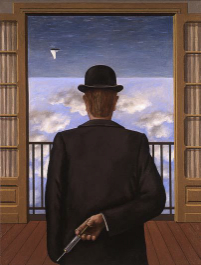

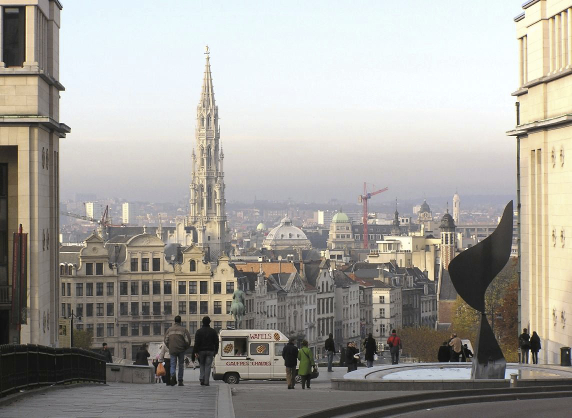


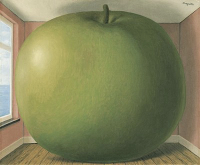
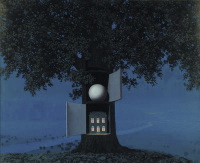
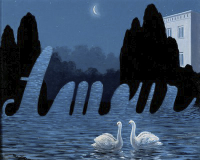

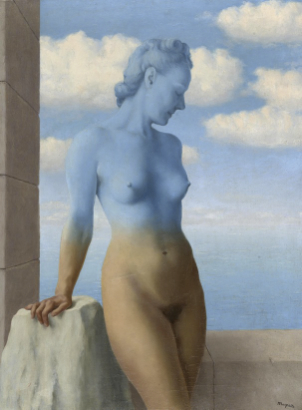
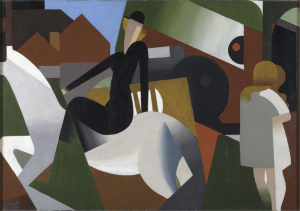

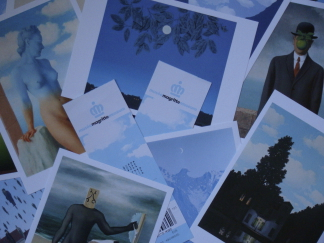
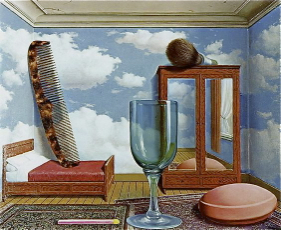
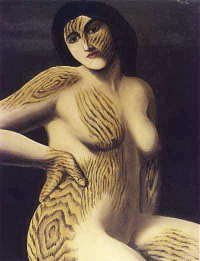


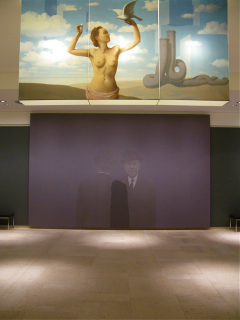
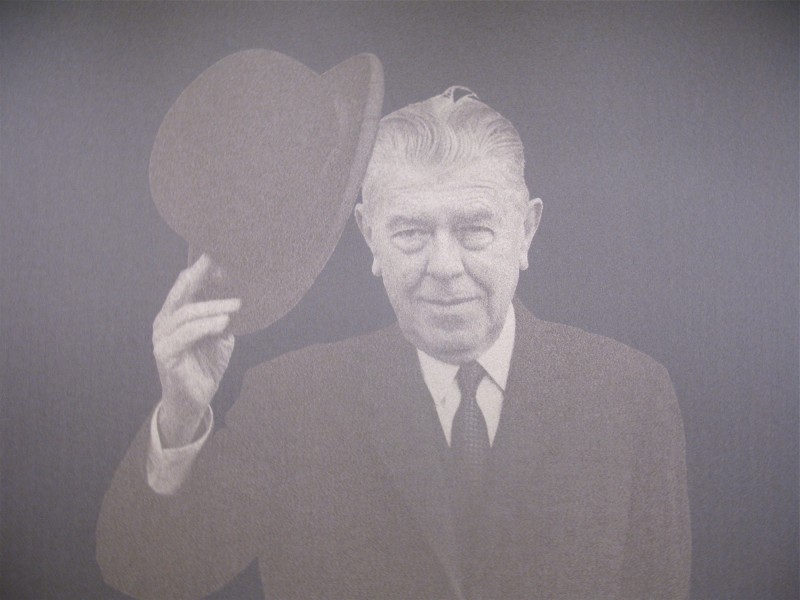
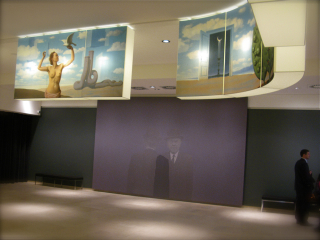
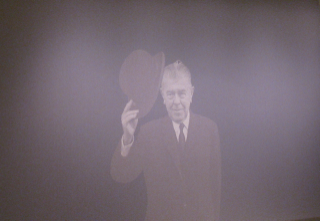
 I love subversive humor, freckles, knees, the long hair of women, the dreams of young children at liberty, a young girl running in the street.
I love subversive humor, freckles, knees, the long hair of women, the dreams of young children at liberty, a young girl running in the street.
Rene Magritte
On June 2 2009, the Magritte Museum opened its doors to the public on the Place Royale in Brussels. The first museum of this scope devoted to one of the best known artists of the 20th century, presents for the first time the largest collection of Magritte works in the world. This new cultural and touristic attraction in Belgium has been completed thanks to an original partnership between the Royal Museums of Fine Arts of Belgium
the Magritte Foundation, the Belgian Régie des Bâtiments, the Belgian Federal Science Policy Administration, and the GDF SUEZ Group, which completed the museum’s installation thanks to a skill-based sponsorship unique in Belgium.
A prestigious setting for Magritte Site work was carried out in less than one year by GDF SUEZ teams working alongside Belgium’s Régie des Bâtiments.
Their contribution was symbolized by an immense canvas tarpaulin inspired by L’Empire des Lumières (Empire of Light) that covered the building during its restoration. The Hôtel Altenloh, a neo-classical edifice located on Place Royale, was thus transformed into a contemporary museum reference.
With their modern, pedagogical treatment of the museum experience,the Royal Museums of Fine Arts of Belgium and the Magritte Foundation unveiled to the public, with over 26,000 sq. ft. and five exhibition levels, the world’s largest collection of René Magritte works of art.
Two hundred and fifty artworks and archive pieces are presented together for the first time. They are organized and presented in a manner linking them together by different levels of chronological and thematic interpretation.
With its attachment to the prestigious ensemble of the Royal Fine Arts Museums of Belgium, the Magritte Museum has the advantage of an exceptional location in the heart of Brussels, the painter’s birthplace and the capital of Europe
The largest collection of works by René Magritte in the world The Royal Museums of Fine Arts of Belgium, with the support of the Magritte Foundation, has the most remarkable collection of the artist’s work in the world. Representative of René Magritte’s creative evolution, it is un-equalled in its richness.
There are numerous masterpieces, including Empire of Light (1954), The Return (1940), and Shéhérazade (1948), as well as a highly diverse range of techniques and media (paintings, drawings, gouaches, photographs, sculptures, sundry objects, cine- ma films, posters, advertisements, etc.), with the various periods of the artist’s life fully covered.
Painter, illustrator, engraver, sculptor, photographer, film-maker, René Magritte (1898-1967) was one of the most eminent artists of the Surrealist movement. He is considered as the most important Belgian painter of the 20thcentury.
Celebrated for his style subversive analysis of language and its conceptualization of image, René Magritte is “the man who transformed poetic images into plastic poems,” according to Michel Draguet, Director of the Royal Fine Arts Museums of Belgium.
In the heart of Brussels, the new Magritte Museum is Belgium’s tribute to a world famous artist who spent the greater part of his life in the Belgian capital.
Magritte was not just a great painter. His multi-faceted work opens up perspectives that the Magritte Museum will catalogue in a fascinating display .
A poet in images, Magritte continually cultivated paradox. In his work, his writings, his interviews, his photo- graphs and his correspondence, he created a world in which what is perceived is in fact an illusion, since it portrays not reality, but the conventions through which we construct “reality.”
And this intellectual painter, whose highly subversive ideas undermine the very principle of language as a vehicle for representing reality, has himself the appearance of a very ordinary man.
Subversive, Magritte’s work advances in disguise, subtly diffusing its pathways into the unconscious, just as the man himself projects the insignificant appearance of a typical middle class stereotype.
From obviousness to mystery Magritte constantly covered his tracks so that the image retained its capacity for surprise, transforming obviousness into mystery, revealing forcefully the impossibility that now constitutes the fate of a conscience that has reached the end of its illusions. Beginning with the illusion of modernity which Magritte, as a Dadaist, soon liquidated.
His images are effective also because it seems that all they amount to is what they lead you to see. But hidden behind the effect, a deep desire lurks to go deeply into the language, far down to its core.
It is the place where Magritte feels the vibration of nothingness where, in a same movement, any possibility of reality would cancel out and the expression, devoid of any intent to communicate, would come back to its only truth: the subject.
This is the starting point from which Magritte outlined his conception of poetry where the painted image was only a development based on other means. In a first stage, the image – inspired by the enigmatic work of Giorgio de Chirico – takes root in the depths of a psyche where the painter systematically explores its revealing objects.
Magritte would gradually release them from their expressive dimension. He erased its share of shade to make the object a fundamental idea, at first sight irrefutable.
Magritte broadly anticipated the evolution of contemporary art: the place that he assigns to the object – and which in the thirties surrealism would take over as its own – could not just be broken down into a series of facts
From the end of the twenties, Magritte was to undertake a work of deconstruction that anticipated the revolutions of post-modern thought by almost half a century. The use that someone like Foucault was to make of it resounds like a tribute.
Joelle’s Tips:
The Museum: Musee Magritte For individual visitors with tickets and groups with reservation :
1 Place Royale – 1000 Brussels
For individual visitors without tickets and groups without reservation :
3 Rue de la Régence – 1000 Brussels
Information – Contact Musee Magritte Museum / Royal Museums of Fine Arts of Belgium
Rue de la Régence 3, 1000 Brussels/ Tel. : +32 2 508 32 11 / Fax : +32 2 508 32 32
Photos credits: Photo credit: Lothar Wolleh copyright GNU Free Documentation License Wikipedia Commons / Courtesy Musee Magritte @ Herscovici / and of UK Guardian John Thys/AFP/Getty Image
